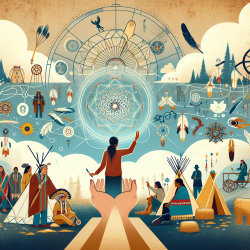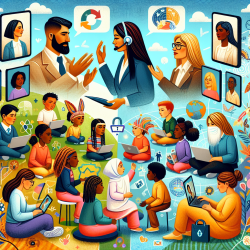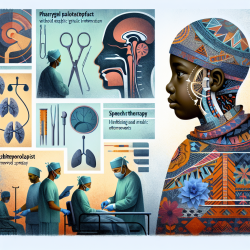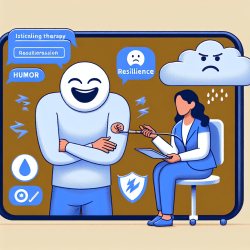Introduction
In the realm of speech-language pathology and education, understanding the cultural context of the communities we serve is paramount. The research article, "Impact of Assistance Programs on Indigenous Ways of Life in 12 Rural Remote Western Alaska Native Communities: Elder Perspectives Shared in Formative Work for the 'Got Neqpiaq?' Project," offers a profound insight into how assistance programs intersect with Indigenous ways of life. This blog explores how practitioners can leverage these insights to enhance their skills and create better outcomes for children in Indigenous communities.
The Power of Elder Perspectives
Alaska Native Elders have long been the custodians of cultural wisdom and traditional knowledge. Their perspectives, as shared in the study, highlight the nuanced impact of government assistance programs on Indigenous lifestyles. Elders express concerns about the introduction of processed foods through these programs, which have altered traditional diets and contributed to health issues like obesity and diabetes. However, they also recognize opportunities for collaboration, particularly in early education programs like Head Start.
Opportunities for Practitioners
Practitioners can draw on the study's findings to improve their engagement with Indigenous communities by:
- Integrating Cultural Practices: Incorporate traditional foods and cultural activities into therapy and educational programs. This not only respects cultural heritage but also promotes healthier lifestyles.
- Community-Based Participatory Research: Engage community members, including Elders, in the development and implementation of programs. This ensures cultural relevance and community buy-in.
- Advocacy for Policy Change: Work with policymakers to address barriers to traditional practices, such as restrictive regulations on subsistence activities.
Encouraging Further Research
The study underscores the need for ongoing research into the effects of assistance programs on Indigenous cultures. Practitioners are encouraged to conduct further studies that focus on:
- The long-term health impacts of dietary changes induced by assistance programs.
- The role of traditional knowledge in enhancing educational outcomes for Indigenous children.
- Strategies for effectively integrating traditional practices within modern educational frameworks.
Conclusion
By understanding and addressing the concerns of Indigenous Elders, practitioners can play a pivotal role in bridging the gap between assistance programs and traditional ways of life. This approach not only enhances the effectiveness of interventions but also empowers Indigenous communities to preserve their cultural heritage while benefiting from modern resources.
To read the original research paper, please follow this link: Impact of Assistance Programs on Indigenous Ways of Life in 12 Rural Remote Western Alaska Native Communities: Elder Perspectives Shared in Formative Work for the “Got Neqpiaq?” Project










